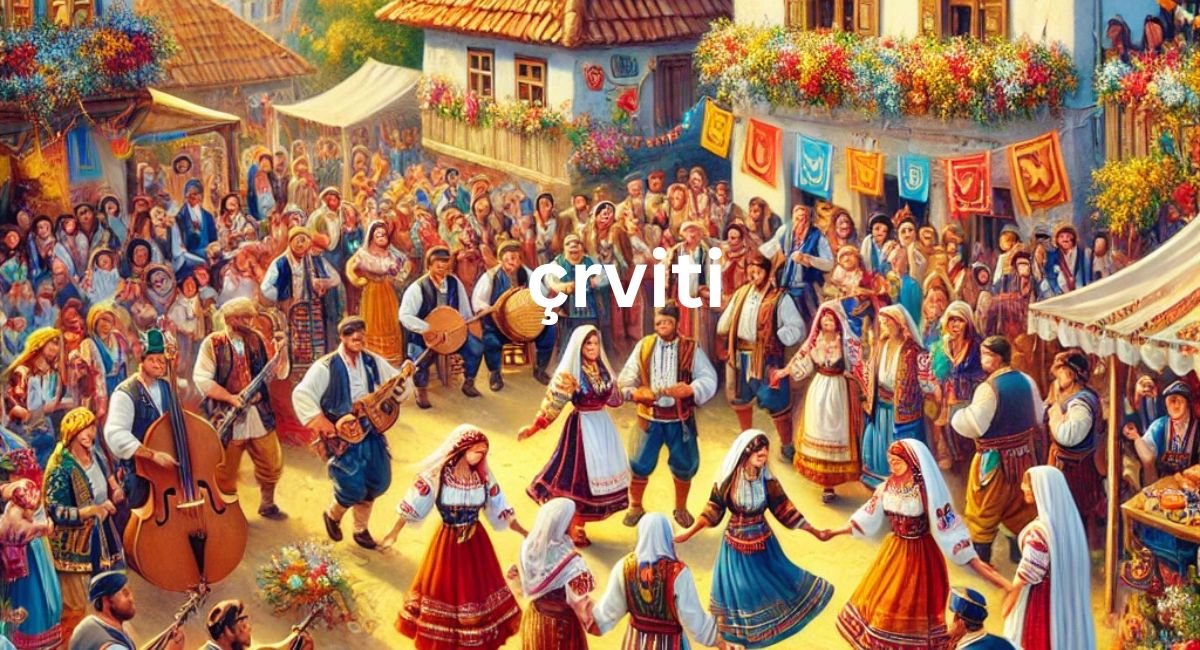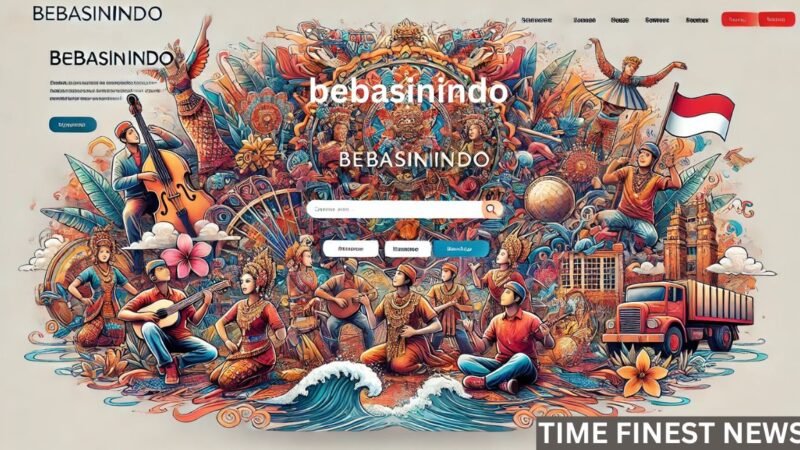Understanding the Significance of Çrviti: An Ancient Celebration

Introduction
Çrviti, an ancient and revered tradition, has been a cornerstone of cultural celebrations for centuries. Rooted in rich history and tradition, çrviti encapsulates a unique blend of rituals, customs, and communal spirit. This article delves into the depths of çrviti, exploring its origins, rituals, significance, and its evolution in modern times.
The Origins of Çrviti
Ancient Roots and Historical Context
Çrviti traces its origins back to ancient civilizations, where it was celebrated as a significant cultural event. The historical context of çrviti is steeped in myth and legend, often associated with harvest festivals, religious ceremonies, and community gatherings. These early celebrations were marked by elaborate rituals and a profound sense of community.
Mythological Significance
In many cultures, çrviti is intertwined with mythology. Legends often speak of deities and supernatural beings who played a role in the origins of this festival. Understanding these myths provides insight into the deeper spiritual significance of çrviti, offering a glimpse into the beliefs and values of ancient societies.
Rituals and Customs of Çrviti
Preparations and Festivities
The preparation for çrviti is an event in itself, involving meticulous planning and communal effort. Traditional decorations, special attire, and the preparation of specific foods are integral to the festivities. These elements not only add to the visual and sensory appeal of çrviti but also symbolize various aspects of the celebration.
Key Rituals
Central to çrviti are the rituals that define the celebration. These may include processions, offerings to deities, symbolic dances, and the recitation of traditional chants or prayers. Each ritual carries a specific meaning and is performed with great reverence, reflecting the cultural and spiritual essence of çrviti.
The Symbolism in Çrviti
Elements of Nature
Nature plays a crucial role in çrviti, with many rituals and symbols drawn from the natural world. Elements like fire, water, earth, and air are often invoked, representing various life forces and natural cycles. Understanding these symbols helps in appreciating the holistic view of life that çrviti promotes.
Cultural and Spiritual Symbols
Çrviti is rich in cultural and spiritual symbolism. From the attire worn during the celebrations to the specific rituals performed, each element holds a deeper meaning. These symbols serve as a bridge between the past and the present, keeping the cultural heritage alive.
Modern Celebrations of Çrviti
Adaptation and Continuity
In the modern world, çrviti has evolved, adapting to contemporary lifestyles while retaining its core essence. The ways in which çrviti is celebrated today reflect a blend of traditional practices and modern influences, showcasing the festival’s resilience and adaptability.
Global Influence and Cultural Exchange
Çrviti has transcended its geographical origins, gaining recognition and appreciation worldwide. This global influence has led to a rich exchange of cultural practices, enriching the celebration and allowing it to thrive in diverse cultural settings.
The Role of Community in Çrviti
Building Social Bonds
One of the most enduring aspects of çrviti is its ability to foster a strong sense of community. The collective participation in rituals and festivities strengthens social bonds and promotes a sense of belonging. Çrviti serves as a reminder of the importance of community in preserving cultural heritage.
Intergenerational Transmission
Çrviti plays a crucial role in the transmission of cultural knowledge from one generation to the next. Through stories, rituals, and active participation, younger generations learn about their heritage, ensuring the continuity of cultural traditions.
Çrviti and Personal Reflection
Spiritual Growth
For many, çrviti is not just a cultural celebration but also a time for personal reflection and spiritual growth. The rituals and practices provide an opportunity to connect with one’s inner self, fostering a sense of peace and fulfillment.
Cultural Identity
Participating in çrviti reinforces a sense of cultural identity. It allows individuals to reconnect with their roots, celebrating their heritage with pride and joy. Çrviti serves as a reminder of the rich cultural tapestry that shapes our identities.
Çrviti: A Living Tradition
Preservation Efforts
In the face of modernization, efforts to preserve çrviti are crucial. Various organizations and communities are actively working to document and promote traditional practices, ensuring that çrviti remains a living tradition for future generations.
Cultural Festivals and Public Awareness
Cultural festivals and public awareness campaigns play a vital role in promoting çrviti. By showcasing the beauty and significance of this ancient celebration, these efforts help in garnering appreciation and support from a wider audience.
Çrviti in Popular Culture
Representation in Media
Çrviti has found its way into popular culture, with representations in literature, films, and other media. These portrayals help in spreading awareness and appreciation of çrviti, making it accessible to a global audience.
Influence on Art and Literature
The themes and symbols of çrviti have inspired countless works of art and literature. Artists and writers draw upon the rich cultural heritage of çrviti, creating works that reflect its beauty and significance.
FAQs
What is the origin of çrviti?
Çrviti originates from ancient civilizations and is often linked to harvest festivals and religious ceremonies.
How is çrviti celebrated?
Çrviti is celebrated with various rituals including processions, offerings, dances, and the recitation of traditional chants or prayers.
What is the significance of nature in çrviti?
Nature elements like fire, water, earth, and air are integral to çrviti, symbolizing life forces and natural cycles.
How has çrviti adapted to modern times?
Modern celebrations of çrviti blend traditional practices with contemporary influences, showcasing its adaptability.
Why is community important in çrviti?
Community participation in çrviti strengthens social bonds and promotes a sense of belonging, ensuring the continuity of cultural traditions.
How does çrviti contribute to cultural identity?
Çrviti reinforces cultural identity by allowing individuals to reconnect with their heritage and celebrate their roots.
Conclusion
Çrviti stands as a testament to the enduring power of tradition and community. As a living tradition, it continues to evolve, adapting to modern times while preserving its core essence. The celebration of çrviti not only honors the past but also fosters a sense of belonging and identity in the present, ensuring that this ancient tradition remains vibrant and meaningful for generations to come.
